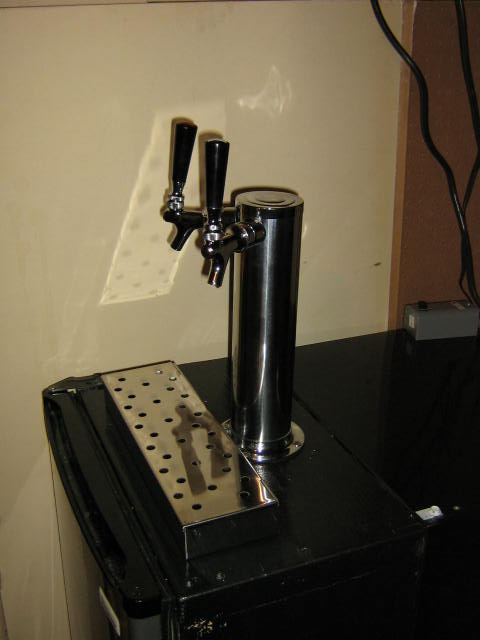zahrndt_usmc
Active Member
Many people choose to get digital temp controller because they tend to be more accurate and easier to use. I don't have any experience with the analog versions but I was able to get digital controller for $50 from http://www.climatedoctors.com/items/item.aspx?itemid=429705. It works awesome. You do have to wire it with a regular 3 prong extension cord which really is not difficult at all. You can easily do it by following the last picture on this link http://www.brewboard.com/index.php?showtopic=40898.
Awesome thread, this is gonna be my next project (dont tell SWMBO) But i do have a question about that temperature controller that you have to wire, i am not exactly a tech savy kinda guy and the directions seemed vauge at best, so i wanna make sure im understanding it right. You take an extension cord, cut it in half and expose the wires and a 3 inch additional peice. insert the wires in the unit, and then plug the extension cord into the wall and the freezer into the other end of the extension cord.... If im completely off please let me know. thanks for all the great info.










![Craft A Brew - Safale S-04 Dry Yeast - Fermentis - English Ale Dry Yeast - For English and American Ales and Hard Apple Ciders - Ingredients for Home Brewing - Beer Making Supplies - [1 Pack]](https://m.media-amazon.com/images/I/41fVGNh6JfL._SL500_.jpg)

















































